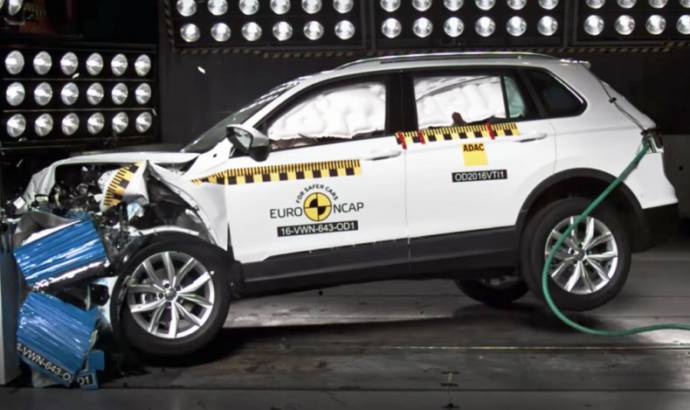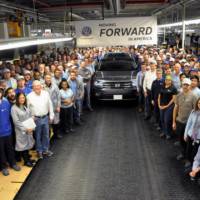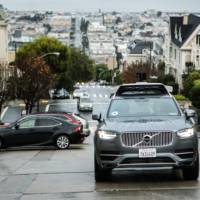EuroNCAp decided to introduce some tougher criterias from the begining of 2016. So many of the models tested this year were heavily influenced by these new measurements.
The inclusion of tests for pedestrian-detecting autobrake systems drove a huge increase in fitment of this life-saving technology, mostly as standard equipment but also as an option. The Toyota Prius, winner in the Large Family Car category, was the first car to undergo tests of its AEB Pedestrian technology. Its standard-fitted safety pack, Toyota Safety Sense, performed well and managed to recognise and avoid or mitigate potential crashes with pedestrians. The performance of the SEAT Ateca in these tests was also noted as excellent.
In addition to a star rating indicating the safety of a car with only standard safety equipment, a second rating demonstrates the benefits of optional safety equipment. In general, the optional ‘safety pack’ includes AEB, including pedestrian-detecting auto-brake systems, and the scheme was used for Superminis, Small Family Cars and one Pickup – competitive segments that might well otherwise have missed out on advanced driver assistance technologies.
The Mercedes-Benz E-Class performed well but was the only car tested in the ‘Executive Car’ category so cannot be awarded ‘Best in Class’. In a year that underlined Euro NCAP’s influence, the E-Class was also noted for its exceptional performance in child occupant protection. With an automatic passenger airbag disabling system and excellent dynamic test results, it is clear that Daimler has invested greatly in an area of assessment recently made more demanding by Euro NCAP.



